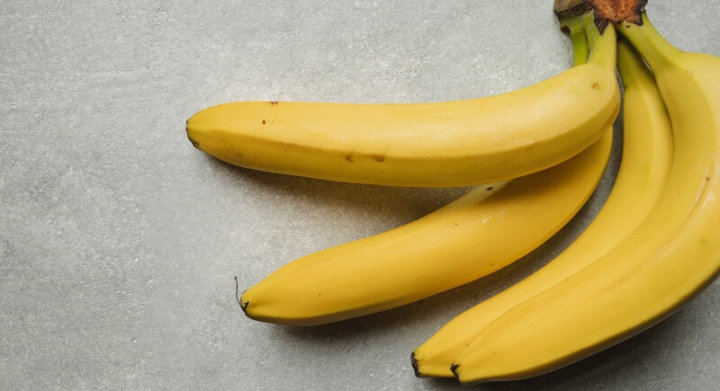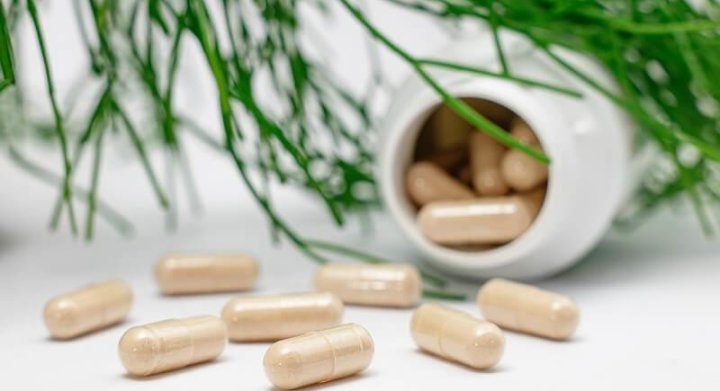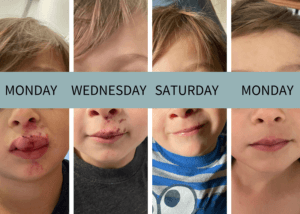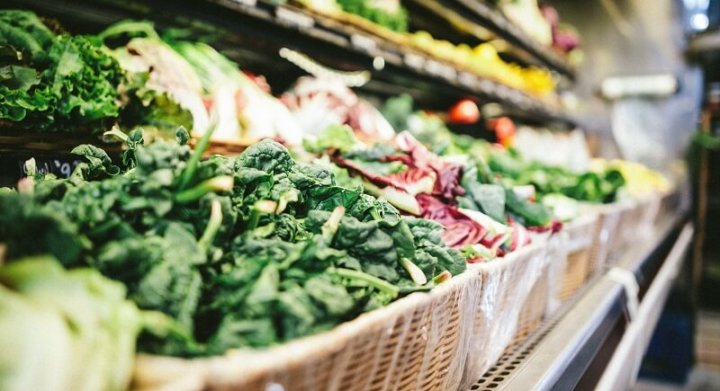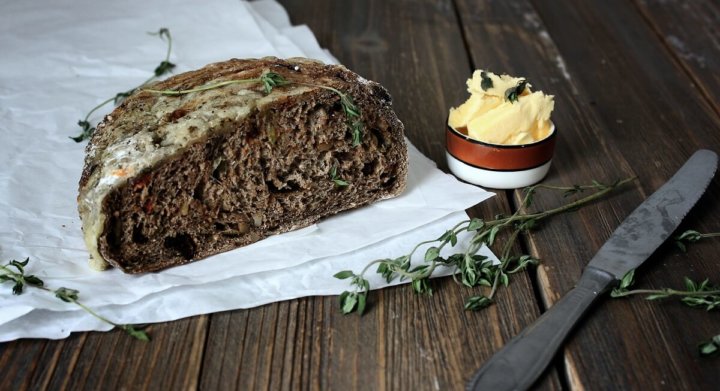I learned about a study done in the UK last week – Obesity System Map which provides a visual representation of contributing variables.
But really you could make the argument that this map applies to all chronic illnesses.
I think this is an important message to drive home for anyone struggling with reaching their health goal, are you only focusing on diet?
The map shows:
- At the heart of it, the Foundational Loop, is Energy Balance which includes:
- Importance of Physical Need
- Effort to Acquire Energy
- Tendency to Preserve Energy
- Level of Available Energy
- Strength of Lock-In to Accumulate Energy
- Conscious Control of Accumulation
- The remaining influencing clusters are:
- Social Psychology
- Individual Psychology
- Physical Activity Environment
- Individual Physical Activity
- Physiology
- Food Consumption
- Food Production
How we can interpret this for the general population, not just obesity, is that it is never ONE thing that needs to be addressed.
But tackling one thing at a time, can make a massive shift easier to keep new habits that catapult the change leading to your goal.
I love this visual for this reason.
Nutrition is only one variable among many!
You can have the most perfect diet. Be eating all organic, local, in-season, etc.
But if any other variables are not addressed, you are not going to be able to achieve your goal.
One of my best clients was one that was taking his nutrition seriously, diving deep into finding nutritional deficiencies all while also going to therapy, doing energy work (reiki), and seeking programs to address his trauma/disassociation. He took a sabbatical from work to focus on his healing too!
While yes nutritional therapy focuses on diet and nutritional deficiencies, the detective work in identifying why those deficiencies exist is also included (trendy word being “root cause”) – 9 out of 10 times I’d argue it comes back to stress.
All those variables found in the UK study are stressors!
That’s what I mean when I say stress is a driver for so much disease.
If one of those variables is out of balance, deficient, or in excess it creates stress to the body!
So even if you don’t perceive to be stressed your body doesn’t forget and may have a different story to tell.
Sometimes a client’s nervous system is so overwhelmed that making dietary changes and doing a supplemental protocol is too much.
So we must start slow and supporting the nervous system in feeling safe.
Number one way of doing that is to do more things in your day that bring you joy.
That you enjoy doing. You look forward to doing.
Moving your body in a way that doesn’t leave it exhausted and in pain.
So if you are overwhelmed, trying to figure out how the f to do it all when you are drowning 10 feet under, be absolutely perfect and flawless but crumbling because you cannot for the life of you reach your goal…
Do 1 thing tomorrow that will absolutely bring a smile to your face and allow that feeling to radiate through your body.
Sit in it. Bask in it. Acknowledge it. Give thanks to yourself for providing you this opportunity to prioritize you.
Applying this to the real world and giving my life as an example.
I will completely admit that currently my diet is subpar for where it needs to be:
- Baby girl eats prob a quarter of every meal
- I don’t have lunch most days because of nap/driving
- Food prices are ridiculous so I’m not even buying enough food tbh
Put on top of that the last month has been a doozy and feel like maybe, just maybe I am coming up for air.
Now I am prioritizing me time, sans kids, to do something for myself.
Call it a reset if you will to achieve one of my most basic needs.
Hi, its me, I matter too.
What that means is that I am currently incorporating:
- Nightly walks after the kids go to sleep (thank you summer!)
- CrossFit once a week (cherry picking lift days not HIIT)
- Sound baths for the ultimate relaxation, being cared for, and recalibrating my energy/vibrations
In just a few short days, a little over a week, I do feel better and feel like I have more capacity; which allows me to work efficiently when given the time and cleaning up the kitchen during bath time so that Zach isn’t barred down either.
Yelling less and less bothered by the uncontrollable.
It is a little thing, to find and do more things you enjoy in your day.
But in a world where high stress, high production, high output, overscheduled days is prized – disease and illness should not be a surprise.
Counterbalance it by doing more joy, fun, and play in your day to make a difference but also give us more space to get overwhelmed.



